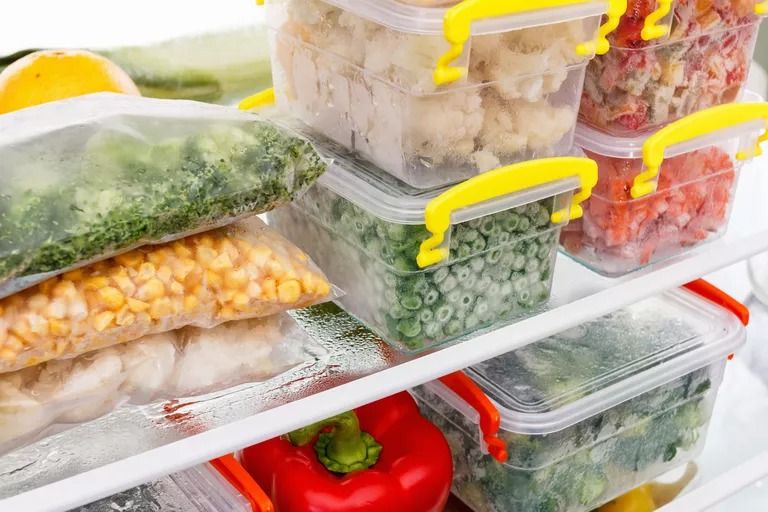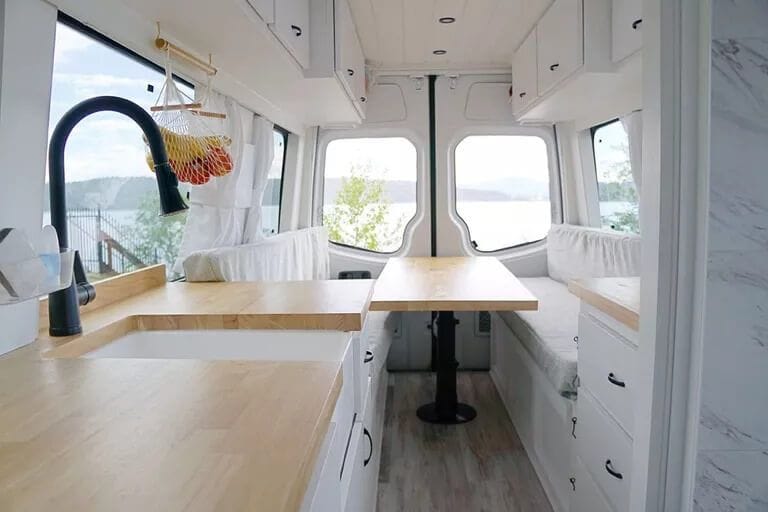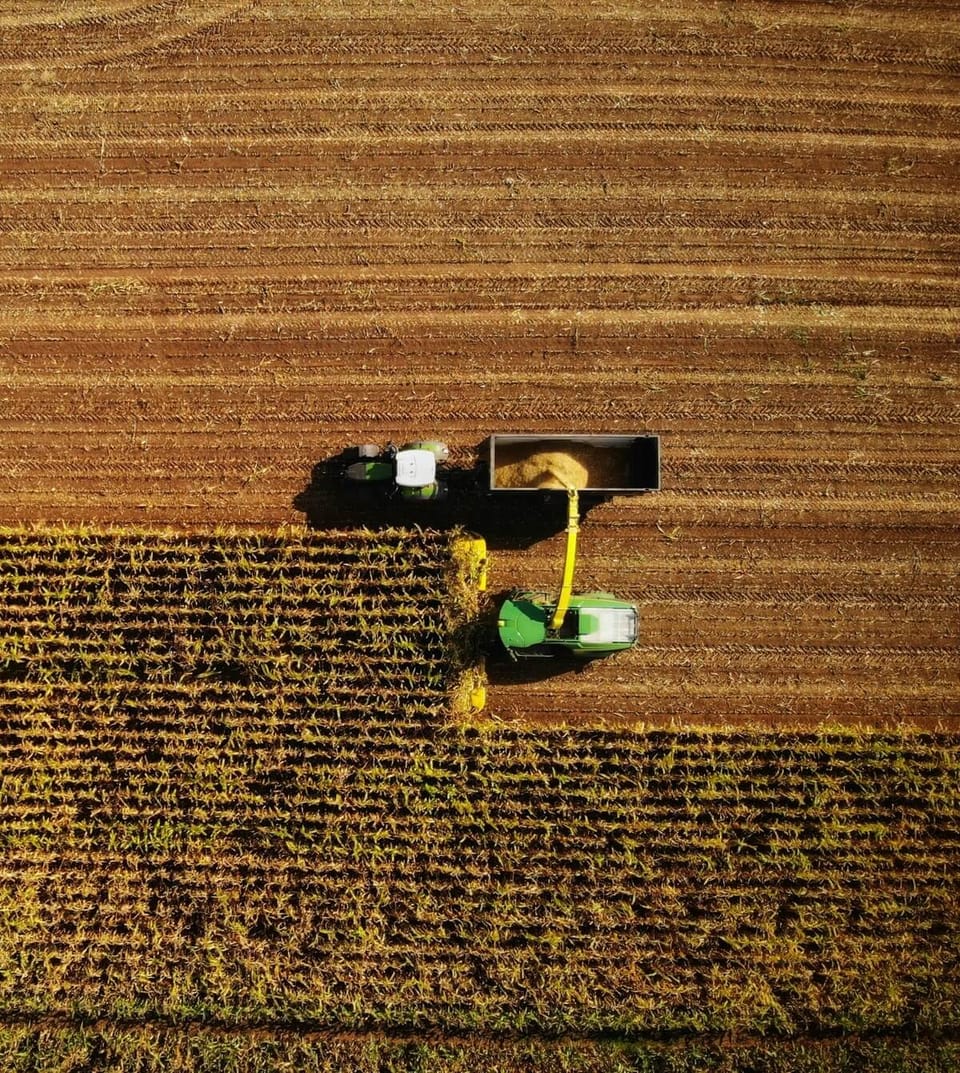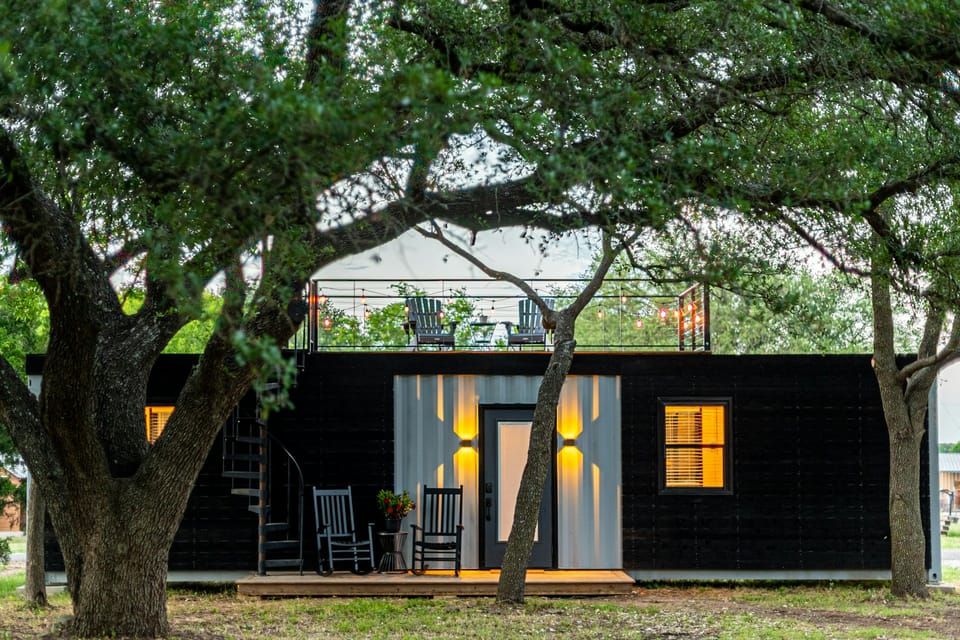Eco-Friendly Home Projects for a Zero-Waste Lifestyle
Want a greener home? Explore sustainable DIY ideas like upcycling household items and low-waste home improvement projects to embrace eco-conscious living in 2025.

In 2025, the push for sustainability is stronger than ever. With global CO2 emissions still hovering around 36 billion metric tons annually (IEA, 2024), eco-conscious living is no longer a trend—it’s a necessity. Sustainable DIY projects offer a practical way to reduce waste, save money, and express creativity. Whether you’re a minimalist, a wellness enthusiast, or an environmental advocate, these eco-friendly DIY ideas will inspire you to transform your home while treading lightly on the planet.
Ready to make a difference? Let’s dive into zero-waste DIY projects, upcycling tips, and creative ways to reuse materials for a greener, healthier home.
Why Sustainable DIY Matters in 2025
Sustainable DIY isn’t just about crafting—it’s about intentional living. By choosing eco-friendly materials and upcycling household items, you reduce landfill waste and lower your carbon footprint. According to the EPA, the average American generates 4.9 pounds of waste daily, with only 32% recycled (2024). Sustainable DIY empowers you to combat this statistic one project at a time.
“Sustainable DIY is about rethinking consumption. Every reused item is a step toward a circular economy,” says Dr. Jane Goodall, environmentalist and founder of the Jane Goodall Institute.
Here’s why it’s critical:
- Reduces Waste: Upcycling keeps materials out of landfills.
- Saves Resources: DIY projects cut the demand for new products.
- Boosts Wellness: Creating with intention promotes mental clarity and purpose.
- Inspires Innovation: Repurposing materials sparks creativity.
Zero-Waste DIY Projects for Your Home
Upcycle Household Items into Functional Decor
Upcycling transforms everyday items into something useful. It’s a cornerstone of zero-waste DIY and perfect for eco-conscious living. Here are three ideas to get started:
- Mason Jar Organizers: Turn old glass jars into kitchen storage. Clean them, remove labels, and paint with non-toxic chalkboard paint for labeling. Use them for spices, grains, or utensils.
- Pallet Furniture: Reclaim wooden pallets from local stores (ask first!). Sand and seal them to create coffee tables, bookshelves, or outdoor benches.
- Wine Cork Bulletin Board: Collect corks from wine bottles. Glue them into a frame to make a stylish, functional bulletin board for notes or photos.
Real-World Example: In Portland, Oregon, the ReBuilding Center diverts 10 tons of materials daily from landfills by offering free workshops on upcycling furniture. Their community-driven approach inspires locals to embrace low-waste home improvement.
Low-Waste Home Improvement Ideas
Want to refresh your space without harming the planet? Try these low-waste projects:
- Natural Paint Makeovers: Use milk paint or clay-based paints, which are free of volatile organic compounds (VOCs). These eco-friendly options reduce indoor air pollution.
- Reclaimed Wood Shelving: Source reclaimed wood from deconstruction sites or local salvage yards. Build floating shelves for a rustic, sustainable aesthetic.
- Energy-Efficient Lighting: Swap incandescent bulbs for LED lights. According to the U.S. Department of Energy, LEDs use 75% less energy and last 25 times longer (2024).
Pro Tip: Check platforms like Freecycle or Nextdoor for free reclaimed materials in your area.
Eco-Friendly DIY Ideas for a Minimalist Lifestyle
Minimalism and sustainability go hand in hand. By focusing on quality over quantity, you create a clutter-free, eco-conscious home. Here are minimalist-inspired DIY projects:
Create Multi-Use Furniture
Build furniture that serves multiple purposes to save space and resources.
- Storage Ottoman: Use reclaimed wood and organic cotton fabric to craft an ottoman with hidden storage. Perfect for blankets or books.
- Foldable Desk: Construct a wall-mounted desk that folds away when not in use. Use FSC-certified wood for sustainability.
Repurpose Textiles for Unique Decor
Old clothes and linens can become stunning decor pieces.
- T-Shirt Yarn Rugs: Cut old T-shirts into strips and braid them into colorful rugs. No sewing required!
- Patchwork Curtains: Stitch together fabric scraps to create bohemian-style curtains. Use natural dyes for an eco-friendly touch.
Quote: “Minimalism isn’t about owning less—it’s about valuing what you create,” says Marie Kondo, author and organizing expert.
Real-World Example: In Sweden, the “Buy Nothing” movement encourages communities to share materials for DIY projects, reducing waste and fostering connection.
Creative Ways to Reuse Materials in Home Projects
Reusing materials isn’t just sustainable—it’s a chance to tell a story through your home. Here’s how to get creative:
Transform Scrap Metal into Art
Old keys, bottle caps, or scrap metal can become striking wall art.
- Welded Sculptures: If you have welding skills, create abstract sculptures from discarded metal.
- Bottle Cap Mosaics: Glue bottle caps onto a canvas to form colorful patterns or designs.
Repurpose Old Furniture
Give tired furniture a new life with these ideas:
- Chalk Paint Dresser: Use non-toxic chalk paint to refresh an old dresser. Add new knobs made from recycled materials.
- Bookshelf to Kitchen Island: Convert an old bookshelf into a mobile kitchen island by adding a butcher block top and wheels.
Statistic: Upcycling can reduce household waste by up to 20%, according to a 2024 study by the World Resources Institute.
The Wellness Connection: Why Sustainable DIY Boosts Health
Sustainable DIY isn’t just good for the planet—it’s great for your mind and body. Crafting engages your brain, reduces stress, and fosters mindfulness. A 2024 study from the Journal of Positive Psychology found that creative activities like DIY projects increase serotonin levels by 15%.
Plus, using eco-friendly materials improves indoor air quality. VOC-free paints and natural fibers reduce exposure to toxins, promoting holistic health.
Pro Tip: Pair your DIY sessions with calming music or a guided meditation to enhance the wellness benefits.
Overcoming Common DIY Challenges
New to sustainable DIY? Here’s how to tackle common hurdles:
- Limited Budget: Source materials from thrift stores, salvage yards, or community swaps.
- Lack of Skills: Start with simple projects like mason jar organizers. Watch free YouTube tutorials for guidance.
- Time Constraints: Dedicate 30 minutes a week to small projects. Batch tasks like sanding or painting for efficiency.
Call to Action: Start Your Sustainable DIY Journey Today
Ready to make a difference? Begin with one small project. Upcycle a single household item or try a low-waste home improvement hack. Every step counts.
- Join a Community: Connect with local maker spaces or online groups like Reddit’s r/ZeroWaste for inspiration.
- Share Your Work: Post your projects on social media with #SustainableDIY to inspire others.
- Learn More: Visit sites like Zero Waste Home or the EPA’s sustainability page for tips.
As Greta Thunberg said, “No one is too small to make a difference.” Your DIY projects can spark change in your home and beyond.








